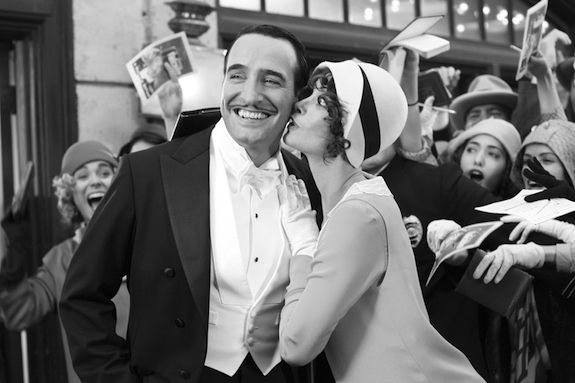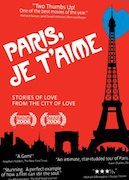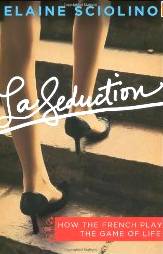Film Review: The Artist
- SUBSCRIBE
- ALREADY SUBSCRIBED?
BECOME A BONJOUR PARIS MEMBER
Gain full access to our collection of over 5,000 articles and bring the City of Light into your life. Just 60 USD per year.
Find out why you should become a member here.
Sign in
Fill in your credentials below.
January 15, 2012: The Artist won these Golden Globe Awards: Best Musical or Comedy; Best Musical or Comedy Actor; and Best Musical Score.
The Artist: Where’s the Beef?
The Artist received a great deal of acclaim at the 2011 Cannes Film Festival, where it picked up a Best Actor Award, and it’s since garnered awards and much attention elsewhere. The movie is a pastiche, a silent film, shot in black and white that looks back at the Silent Film era. The film is French, but was made in Hollywood with a few well-known American and British actors in supporting roles. The most notable performances were played by James Cromwell (Secretariat) as the hero’s faithful chauffeur and John Goodman (Roseanne show) as a gruff producer with a heart of bronze.
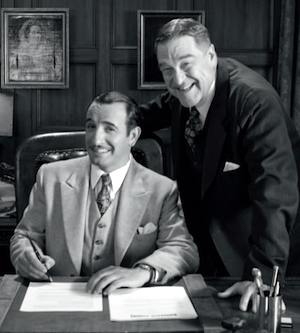
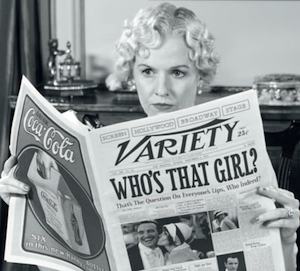
The crux of the story derives from the poignant myth (with a basis in fact) about silent screen stars who were washed-up when the talkies took over Hollywood. Some charismatic stars turned out to have squeaky voices or bad diction. Others couldn’t make the transition from the mime-like histrionics of the flickers to the more naturalistic acting of the sound era. One of the most famous examples was John Gilbert (1897-1936), the romantic lead who was a top box-office draw until sound drove him to B movies.
The Artist is about George Valentin, a screen idol who leads the ultimate charmed life. His movies are huge successes; he’s adulated by the crowds, swooned over by the ladies. The one chink in his celebrity armor is his miserable wife, played by Penelope Ann Miller (Carlito’s Way). The cure for that problem comes in the form of Peppy Miller, a sweet young woman whom he meets by chance and then transforms from an extra into a successful actress. They hit it off during the shooting of a film, especially when trying take after take to make a romantic scene work—when it finally does, we realize it’s not only an on-screen emotion. But nothing comes of this—no romance develops. Instead we get a depiction of Valentin’s downward slide and Peppy’s inevitable rise (another movie-world cliché, incarnated in several versions of A Star Is Born).
Jean Dujardin (Best Actor Award, 2011 Cannes Film Festival) is wonderful as George Valentin. He actually bears a superficial resemblance to John Gilbert, but on a deeper level he has both the virile charisma of Douglas Fairbanks Sr. and the relaxed charm of his son, Douglas Jr. On the other hand, Bérénice Bejo (Spotlight Award, 2011 Cannes Film Festival) seems out of place as ingénue Peppy. The Argentinian has a dark, Slavic beauty and magnetic screen presence—without indulging in ethno-typecasting, she looks like an actress in search of an adaptation of Dostoyevsky or Tolstoy. Despite trying hard, she just doesn’t look like a Hollywood starlet of that era, like a Jean Harlow, Myrna Loy or Joan Crawford.
The other actors also do a serviceable job, but director Michel Hazanavicius (OSS 117 films) gives the real star performance. He dazzlingly recreates Silent Film-era Hollywood: the studios, the sets, the mansions, the early 20th century California towns. Hazanavicius shoots his silent film in a way that is elegant and subtle, more so than the typical films of the period. (Twenty-first century technology helps). His visual wit sparkles on occasion, especially in his use of Valentin’s little pet dog, though he can be heavy-handed as well (again with that dog).
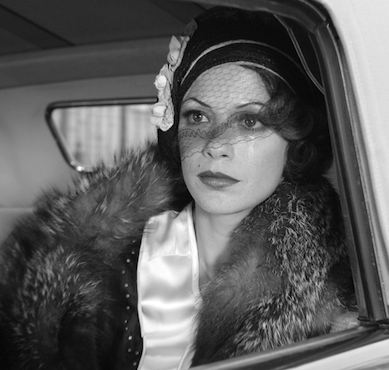
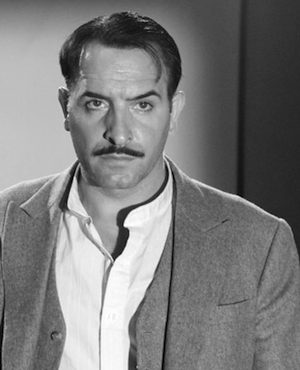
The problem is the story: The Artist is all sauce and no meat. The movie moves from insouciant comedy to sentimental pathos and finally to lugubrious self-pity of the most predictable sort. It never surprises us, and in the end barely holds our interest. Moreover, the way The Artist handles the change from silent to sound film doesn’t ring true. Valentin resists sound out of stubbornness or artistic integrity (hence the title). It’s true that visionary, visual directors like D.W. Griffith, F.W. Murnau, and Sergei Eisenstein created an art that didn’t carry over into sound, but this wasn’t so true of actors, constrained by the limits of miming. And Valentin’s silent movies don’t seem particularly visual or visionary—even his botched comeback effort is a hokey jungle movie. Peppy’s rise doesn’t seem genuine, either. She comes across as Greta Garbo in Mary Pickford drag, starring in films just as old-looking as Valentin’s, rather than the gangster films, screwball comedies and horror films that took America by storm.
Another great deficiency of the film is that Valentin and Peppy are linked, but don’t have any sort of relationship until practically the end of the film. Before that they don’t seem to be lovers, friends or even colleagues. The fact of being one-time co-stars who clicked emotionally for a moment isn’t enough to engross the viewer. There might be chemistry between them, but the chemistry has to do something. The something finally comes, but it’s too little, too late.
The film gives us a happy end, but while it looks nice, it doesn’t feel right. It’s contrived, and reveals that the movie as a whole was essentially a contrivance. This kind of silent-movie pastiche has been done before, and better, in Mel Brooks’ Silent Movie. And for the overlap of movies, myth and reality, nothing beats Woody Allen’s Purple Rose of Cairo—it might be sound, but it’s pure magic. The Artist starts off magically, but in the end it’s a beautifully-made disappointment.
Editor’s note: THE ARTIST won the New York Film Critics Circle “Best Film” Award on November 27, 2011.
U.S. Release Date: November 23, 2011
Production:
Une Coproduction, La Petite Reine, Studio 37, La Classe Américaine, JD Prod, France 3 Cinéma, Jouror Productions, uFilm
Distribution-France:
Warner Bros. Pictures France
Distribution-US:
The Weinstein Company
Photo credits:
© 2011 The Artist/Peter Iovino
Dimitri Keramitas is a Paris-based film reviewer who covers the latest French film releases for BonjourParis every other week. Click on his name to read his past reviews published here.
Subscribe for free weekly newsletters with subscriber-only content.
BonjourParis has been a leading online France travel and French lifestyle site since 1995.
Top 100 France-themed books & more: Readers’ Favorites.
Update your movie & book library….click on image for details.
Thank you for using our link to Amazon.com…your purchases support our free site.

